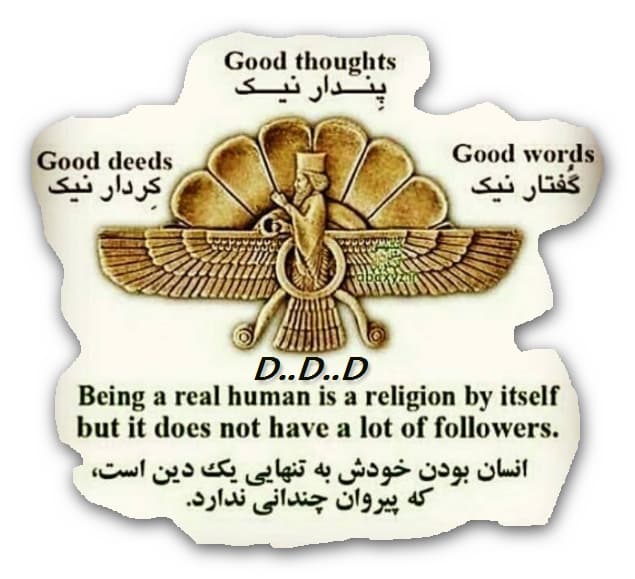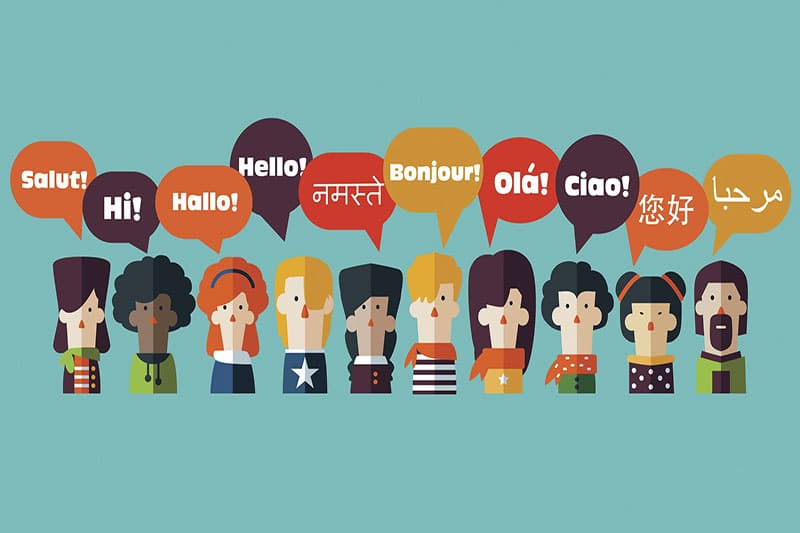Some people mistake Iranians for Arabs, a wrong image that can be rooted in some similarities between Iran and its neighboring Arabic countries; however, Iran, which in some periods was called Persia, holds one of the ancient civilizations and empires in the ancient world when the Achaemenid empire ruled over many countries as its satraps or states. With their long history and civilization, Iranians have different ethnicity from their Arab neighbors. This mistake could come to mind due to the same religion Iranians and Arabs have, the somehow similar alphabet they have or their geographical location in the Middle East. While Iranians are supposed to be Aryans not Arabs, their language is totally different from their neighbors and their history and culture is totally distinct from other countries located in the Middle East.


Are Iranians Aryans?
Considering the etymology of the word “Iran”, Iran is cognate with Aryan, so Iran means the land of the Aryans. Prior to the conquest of Iran by Arabs, Iranians followed the trainings of Prophet Zoroaster who introduced the first monotheistic belief in the world with Avesta as his holy script. In Avesta, Central Asia was referred to as “Airyana Vaeja” meaning the place where Aryans inhabited and Zoroaster was born. In addition, Aryans’ land was created by Ahura Mazda and surrounded by land and sea. The most ancient proof in which the term Arya is inscribed can be traced back to Bistoon stone inscription in Kermanshah in Iran; in this stone inscription, Achaemenid kings like Darius the Great are referred to as Arian dependents and Arya is attributed to both Ahura Mazda the God and old Persian language. Furthermore, Ariana was a land located between Central Asia and Indus River.
Different Languages
Farsi and Arabic are two languages that are widely spoken in the Middle East. They have borrowed many words from each other as Iranians once subjugated Arabs during Achaemenid dynasty while Arabs ruled over Iranians after the advent of Islam. Although these two languages look similar owing to their somehow similar alphabet, considering them as one language would be like referring to English and French as the same language. The main difference lies in their origin as Farsi is a language belonging to Indo-Iranian language, which is a sub-branch of Indo-European language; Indo-European language comprise mostly European countries’ languages such as English, French and Spanish; as a result, Farsi bears more resemblance to English rather than Arabic. For instance, we can find some cognates of European words in Farsi like the word “tondar” in Farsi is cognate of thunder in English. In contrast, Arabic language is classified as a family of Semitic language family, a sub-branch of Afro-Asiatic language with some similarity with Hebrew and Syriac. Consequently, Arabic and Farsi belong to different language groups, with few similarities.

Religion
Although Iranians and Arabs are now Islam followers and have the same religion, the issue has not been the same in ancient Iran. Prior to the invasion of Arabs to Iran during Sassanid dynasty, the dominant religion in Iran was Zoroastrianism; a Pre-Islamic religion whose adherents are still sparsely scattered over Iran despite their persecution during the early decades of Arabs’ conquest of Iran. The traces of Zoroastrianism in Iran can be traced back to Median era according to some records written by Assyrian and even Herodotus. In the wake of Median defeat by Achaemenids headed by Cyrus the Great and the expansion of Persian empire by Cyrus and his descendant, Zoroastrianism was introduced and promoted in other parts of the world like Greece. We can see the name of Ahura Mazda, the Zoroastrian name for God, in Bistoon petroglyph, Naqsh-e Rostam and Persepolis in which the Achaemenid kings attributed their divine role to Ahura Mazda and considered themselves to be rightful representation of Ahura Mazda on earth.
Thousand Years ago, with the advent and expansion of Islam, many neighboring countries were conquered by Arabs and were forced to convert to Islam; however, Iranians mingled Islam with Zoroastrianism, their former religion that resulted in the survival of not only their former beliefs but also their pre-Islamic culture and customs. Majority of present customs and celebration in Iran like Nowruz, Yalda Night, Shahrivargan and Mehregan stem from Zoroastrian beliefs, which have made their way to modern Iran; consequently, Arabs, who were subjugated to Iranian rulers during Achaemenid dynasty, managed to conquer Iranians and thus majority of Iranians converted to Islam either willingly or by force although a minority of Persians held on to their religion and remained Zoroastrianism. Considering all these issues, Iranians should not be mistaken for Arabs despite their common religion.

Geographic Similarity
Although both Iran and Arabic countries are located in the Middle East and share borders, geographical location of Farsi-speaking countries like Iran does not overlap with Arabic-speaking countries. The Arab world is comprised of at least 18 states with Arabic as their official language; these Arabic countries extend from western neighbors of Iran including Iraq to northern African countries while most countries located in the east of Iran like Tajikistan speak Persian with various dialects.











